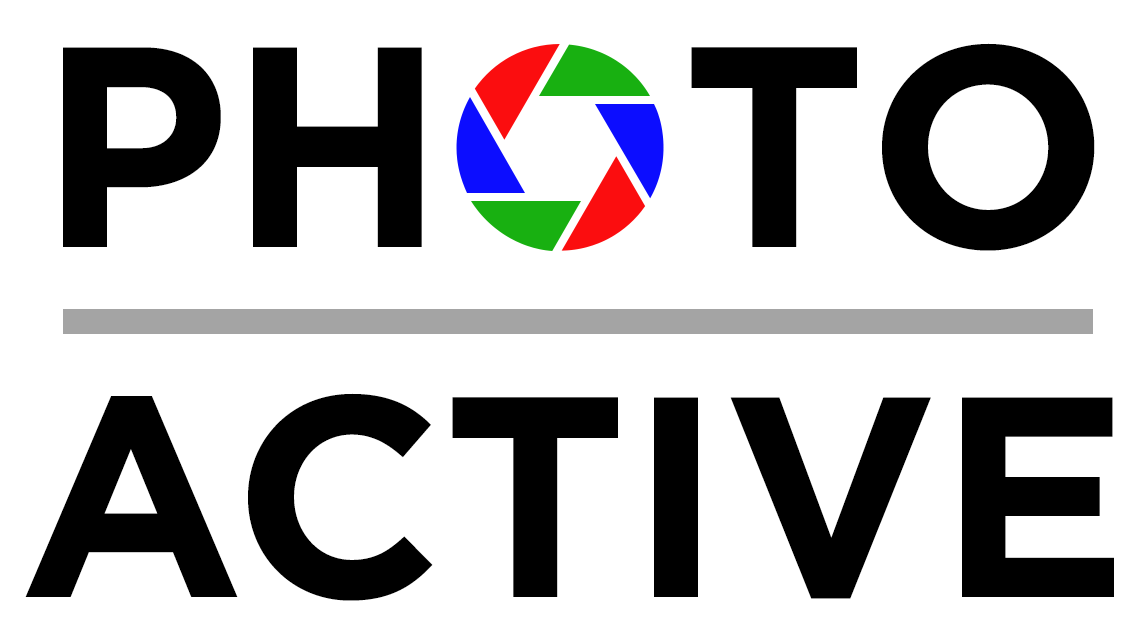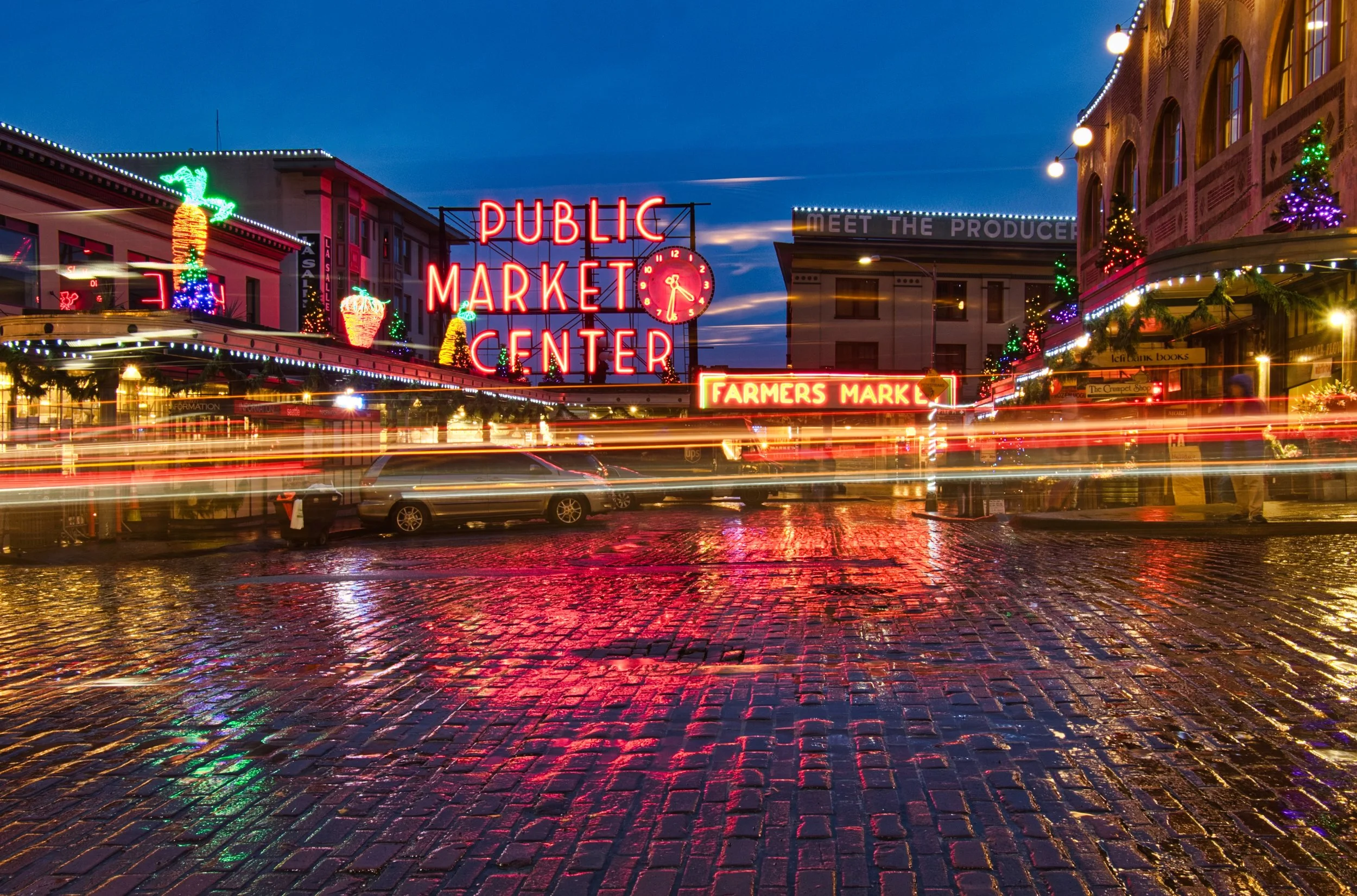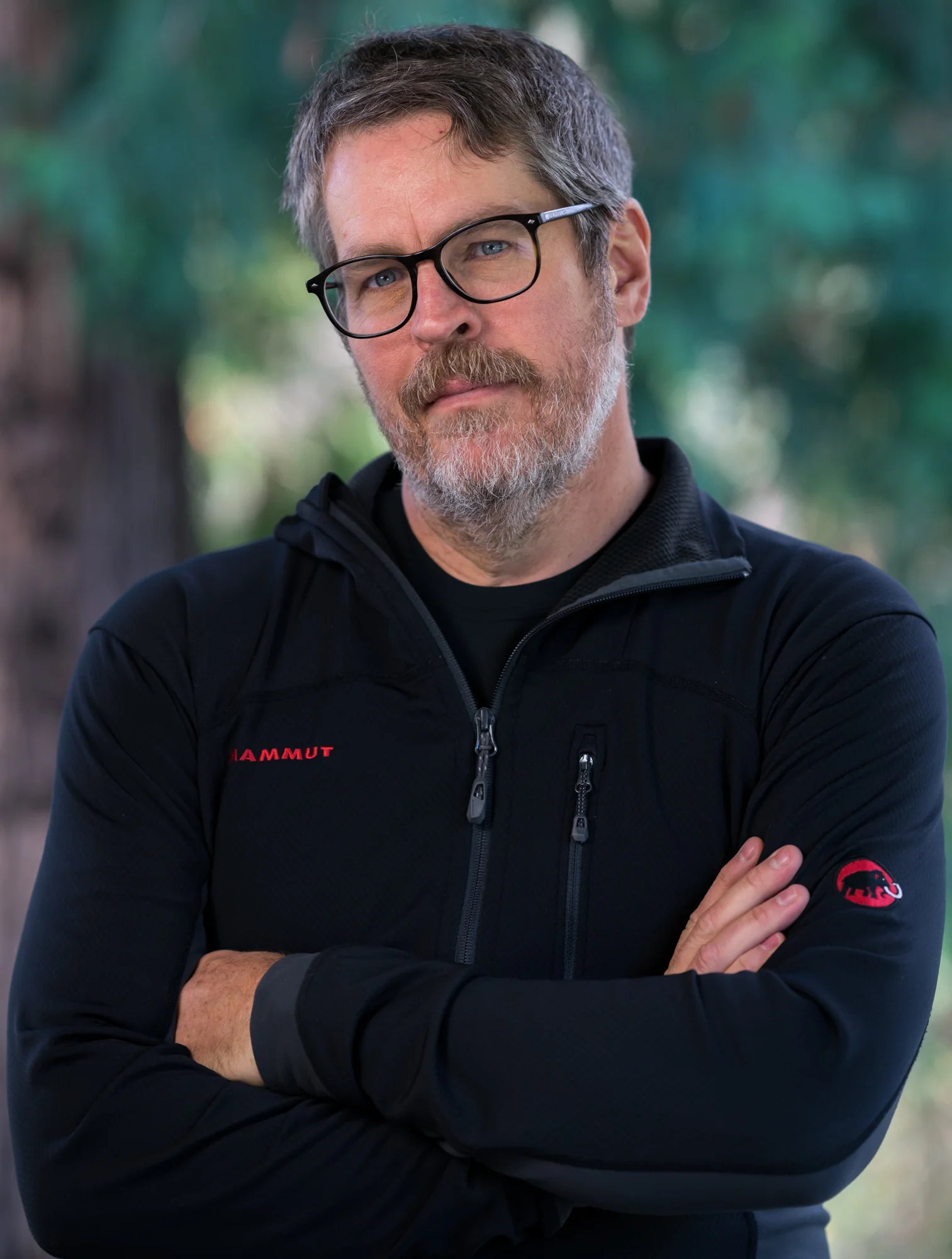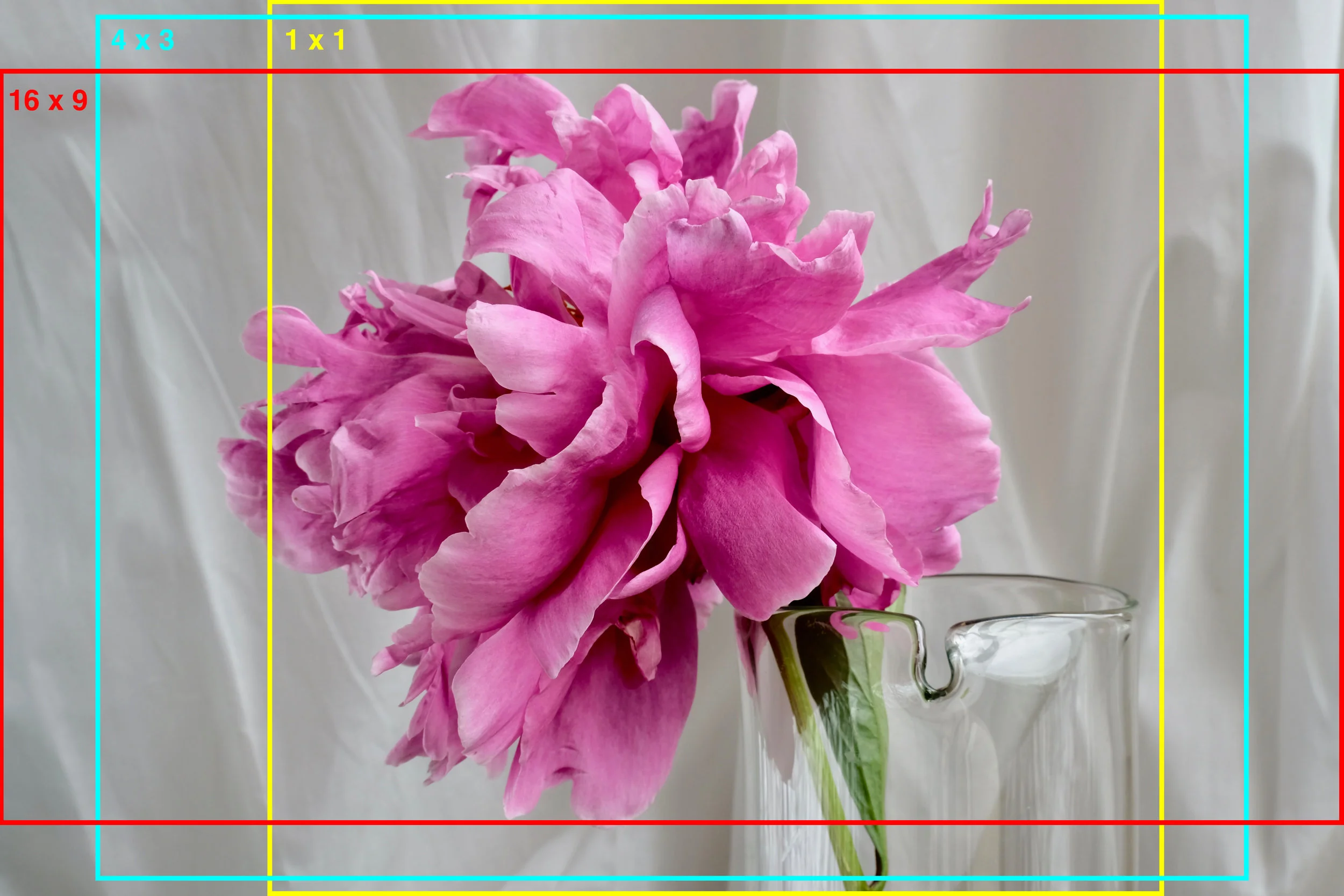The winter months are dark for those of us in the Northern Hemisphere, so how do you create good photos in dimly lit environments? Your camera wants to make the best exposure possible, but in low-light situations, that can lead to long shutter speeds and blurry camera motion. Kirk and Jeff cover the many options for dealing with dark scenes in this episode.
All tagged photo discussion
Episode #27 - Flying High with Ian Schray and Drones
In traditional photography, a great piece of advice is to “zoom with your feet,” or, move yourself closer to a subject. What happens when the subject is 400 feet high? Or you want a unique viewpoint that wouldn’t be possible without a crane? This week we talk to Ian Shray about flying drones: quadcopters outfitted with cameras.
Episode #26 - RAW Power 2.0
This week we’re joined by Nik Bhatt, former developer of Aperture and iPhoto at Apple and now a distinguished gentleman at Gentlemen Coders. Using his deep knowledge of how Apple’s raw photo editing engine works, Nik has just released RAW Power 2.0, an app for macOS and iOS. We talk about RAW Power’s unique features and learn some of the fascinating ins and outs of raw image processing.
Episode #25 - iCloud Photo Library
If you use Apple’s Photos app on your Mac or iOS device, are you also synchronizing your images via iCloud Photo Library? In this week’s episode, Jeff and Kirk talk about the pros and cons of Apple’s cloud service for photos. Why should you consider it? What are the downsides? And if your images are in the cloud, is that considered a backup? (No, it’s not. We explain why.)
Episode #24 - Manual vs Automatic Camera Settings
We (good-naturedly) wade back into the question of “What makes a REAL photographer?” In this case, we’re talking about shooting using entirely manual controls or using the auto or semi-automatic modes on your camera. (Spoiler: Anyone with a camera is a real photographer.) We discuss when each approach works, and the advantages of knowing how shutter speed, aperture, and ISO all work together.
Episode #23 - Printing Photos with Rick LePage
Do you print your photos? Although we know we should make prints, but getting from screen to paper isn’t always easy. It turns out, though, that printing is much easier today than it used to be. In this episode, we welcome photographer and publisher Rick LePage to talk about printing photos at home, from hardware to paper to inks.
Episode #22 - Editing Photos in iOS Apps
We’ve talked about using an iPhone as a camera, but what about as a photo editor? The iPhone and iPad have come a long way since the early models, and they’re now quite capable digital darkrooms. But can you do “real” editing on them? Jeff and Kirk reveal how they use their devices with their photos, and cover some of the top editing apps for iOS.
Episode #21 - HDR (High Dynamic Range) Photography
“HDR” used to bring to mind surreal landscapes with garish colors and very few shadows. Fortunately, high-dynamic range photography has matured beyond those early days, and is a useful technique for getting more detail out of any scene. In fact, the latest iPhone and other smartphone cameras use HDR liberally to create good shots in all types of situations. We talk about making HDR photos using traditional cameras and techniques and also the new iPhone XS computational methods.
Episode #20 - The Blur-That-Shall-Not-Be-Named
The recent release of new iPhones that improve the Portrait mode feature spurred us to talk about bok... Kirk can’t say the word. But that’s okay, because neither can Apple VP Phil Schiller (correctly, anyway). Yes, we’re discussing background blur and shallow depth of field, how to get the effect with traditional cameras and lenses as well as the faux version in some smartphones, and why you’d want to in the first place.
Episode #19 - Michael Rubin and Classic Photos
Conversations about photography can lead to unexpected places. Although Jeff has known Michael Rubin since the days when they were both writing technology books for Peachpit Press, it wasn’t until recently that he learned about Michael’s extensive collection of fine-art photography. Of course, he had to introduce Michael to Kirk, which resulted in this episode where we enjoy an enthusiastic conversation with Michael about two prints in his collection: Arnold Newman’s “Igor Stravinsky, 1946” and Elliot Erwitt’s “New York City, 1950.”
Episode #18 - Katrin Eismann on Photographic Literacy
We're thrilled to welcome photographer and educator Katrin Eismann as our guest this week. Katrin has been at the forefront of digital photography from the beginning—literally shooting with earliest-production cameras that, in one case, was tethered to an external hard drive that weighed 12 pounds—which gives her an excellent perspective of where digital photography is today. "Photography is based on technology," she says. "The changes in technology influence the aesthetic and practice of photography."
Episode #17 - Prime vs Zoom Lenses
Photographers often focus on cameras, but it’s usually the lens that can have the most impact on the type of photos you’re creating. In this episode, Jeff and Kirk are talking glass: lenses. When would you want a prime lens, which has a fixed focal length, and when does a zoom work better? Why are prime lenses often better? And why not just use one zoom lens that hits both wide and telephoto ranges? We sort out an often confusing topic.
Episode #16 - Buying and Selling Camera Gear
Do you have a pile of old cameras and lenses stashed in a closet somewhere? Or do you sell unused gear to make way for new goodies? This week, Kirk and Jeff talk about buying and selling your photo gear: where to do it, pitfalls to avoid, and more.
Episode #15 - Time-Lapse Photography
Time-lapse photography can create dramatic short videos - think about clouds zooming overhead throughout the course of a day or flowers blooming in seconds - but creating time-lapse videos turns out to be remarkably easy. In this episode, Jeff and Kirk walk through the process of using the Time-Lapse mode in the iOS Camera app as well as capturing time-lapse photos with traditional cameras.
Episode #14 - Chris Marquardt Goes Wide-Angle
Photographer, podcaster, and author Chris Marquardt just published Wide-Angle Photography (published by Rocky Nook), and he joins us to talk about the time he took only a 24mm lens on a photo tour and fell in love with wide-angle lens photography. We cover composition, thinking in wide-angle terms, and shooting with tilt-shift lenses.
Episode #13 - Aspect Ratios and Why They're Important
Aspect ratios in photography are about more than making prints at 8x10 or 5x7 sizes. In fact, aspect ratio has been key in defining some of the best-known photos in the world. In this episode, Kirk and Jeff talk about why every photographer should understand the importance of aspect ratios.
Episode #12 - David duChemin on the Long-Building Vision
"Gear is good, but vision is better," says photographer and educator David duChemin. This week, we talk to David about discovering and developing that vision.
Episode #11 - Selective Photo Editing
Most photos can benefit from universal edits to tone and color, but what do you do if just a sky needs to be made more dramatic or you want to add a soft splash of light to a person’s face? In this episode, Jeff and Kirk talk about adjusting specific areas within an image using selective editing tools in apps such as Lightroom, Luminar, and Affinity Photo.
Episode #10 - Quintin Lake's Long Photo Walk
Long walks are great opportunities to bring a camera and make photos—but what about 10,000 km of walking? In this episode, Kirk and Jeff welcome photographer Quintin Lake, who is walking the entire coastline of Britain and taking photos of what he discovers. Our interview talks about the motivation behind Quintin’s The Perimeter project, how it quickly made him realize what gear is essential and what can be left behind, and why ambitious projects like this are worth pursuing.



















